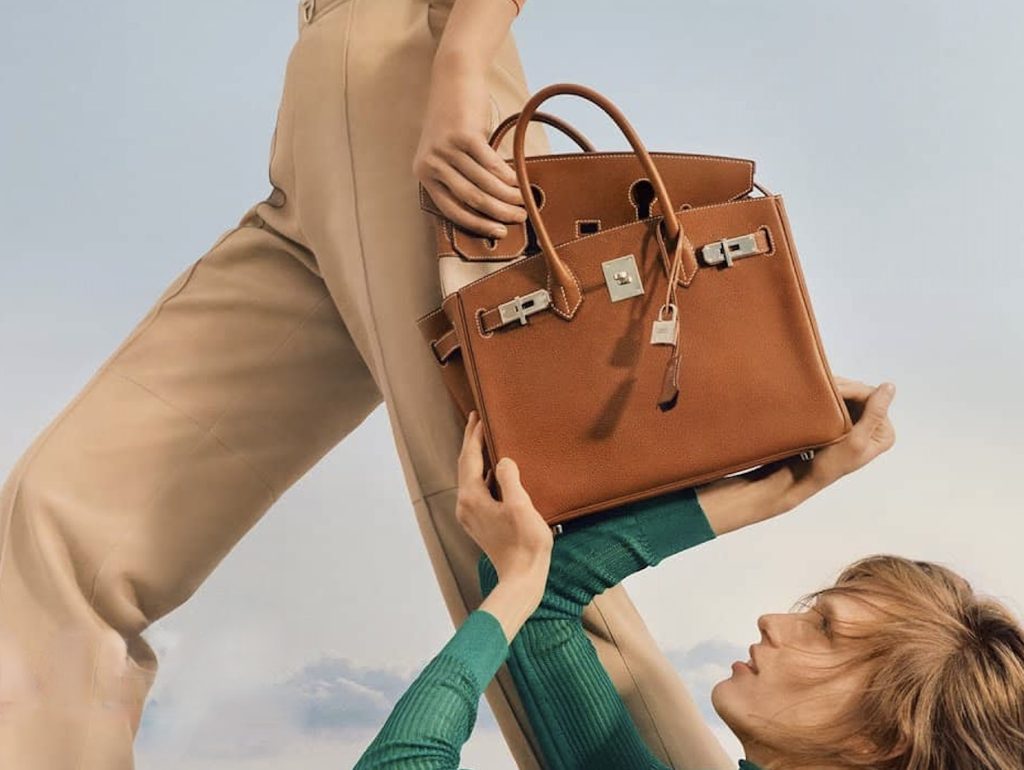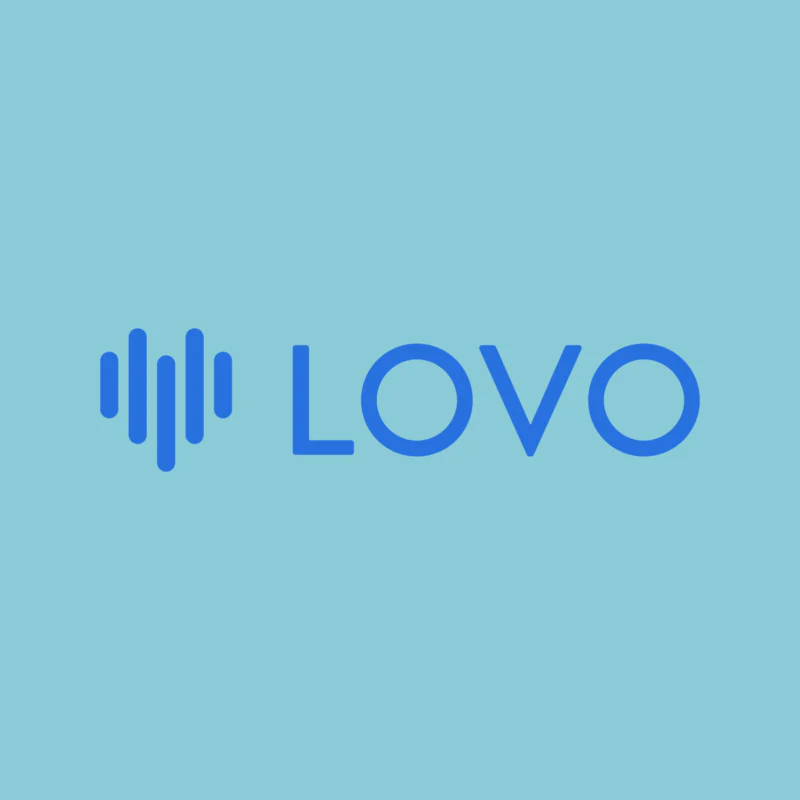In addition to announcing 21 billion euros in revenue for the first three months of the year (an increase of 17 percent), LVMH management addressed the recent rise of “quiet luxury” – also known as “stealth wealth” – during a Q1 conference call earlier this month. Quiet luxury has been a topic of much discussion lately, led by an array of factors, including enduring economic uncertainty – which tends to prompt luxury consumers to shun overly branded apparel/accessories in favor of more timeless articles and companies to design/market their products to match such shifting consumer desires – as well as media attention to this season’s Succession costumes and Gwyneth Paltrow’s trial wardrobe.
A movement away from logos is, of course, not the same as doing away with visible branding altogether, something few brands would be willing to do. With this in mind, if the current trend of consumers eschewing ubiquitous logos plays out in a meaningful way for brands beyond those that have built their businesses by offering high-end, logo-free pieces to ultra-high-net-worth consumers, such as Brunello Cucinelli (whose Q1 sales rose by 35 percent) and Loro Piana (where sales are currently “on fire,” TFL’s sources say), other elements of branding will take on an new level of importance/relevance. Given that companies – including mass “luxury” names like Louis Vuitton, Gucci, Chanel, and co. – are in the business of selling products/services by leveraging the goodwill imbedded in their branding (and benefitting from corresponding pricing power), the onset of quiet luxury may require them to lean into other trademarks in order to incorporate the important element of source indication – albeit in a subtler way.
The Power of More Subtle Marks
Against this background, which often means that companies “rely on their names and brand recognition to drive revenue and their logos are regarded as more important than the product itself,” as one recent trademark complaint aptly asserted, the importance of product trade dress/shape and other “less traditional” trademarks, such as color, come to mind.
Interestingly enough, fashion/luxury’s biggest brands may be most synonymous with their well-known word marks, logos, and famous monogram prints, but research suggests that trade dress and other types of trademarks can play just as a big a role when it comes to consumers’ purchasing decisions. In a recent report entitled, The Psychology of Lookalikes, for example, United Kingdom-based law firm Stobbs and behavioral science research company Influence at Work (“IAW”) dove into the role that elements like the color and shape of a product and/or its packaging have in influencing purchasing decisions. (The report focused primarily on trademarks in relation to product dupes, but it, nonetheless, provides some relevant insight on branding outside of the realm of copycat products.)
Delving into consumer decision-making, which is affected by a host of “subconscious biases” and brand-centric factors that inform buyers’ views of the underlying product, IAW found that a “clear hierarchy” emerges: “First and most important is color, then shape, then brand artwork/design, perceptions of the product’s quality, and finally, [brand] name.”
Color – Primarily addressing signature colors, IAW contends that “a distinctive color or set of colors (i.e., a brand’s color scheme) becomes a valuable brand attribute.” The company points to “the signature color schemes” of brands like McDonald’s and Cadbury’s Dairy Milk as key examples, but Louboutin’s red sole, Tiffany & Co.’s blue, Hermès’ orange, Bottega Veneta green, Ferragamo’s custom red-ish Pantone hue, and Valentino’s Pink PP, among other branded colors, also come to mind.
If used consistently and substantially exclusively on certain goods/services, “Colors associated with a specific brand start serving as a cue for brand recognition,” per IAW. Color is especially powerful in the event that consumers are faced with “multiple pieces of information,” such as in an e-commerce setting, for example, in which case they will often “rely on the mental associations they have built with brands’ color schemes as a shortcut in their decision-making.” In other words, the use of signature colors will “reinforce the identity of the brand [in consumers’ minds] over repeated encounters,” ultimately, enabling those hues to indicate the source of goods – and call to mind aspects of a brand’s goodwill – without the need for other brand-identification information.
Product Shape – The shape of a product and/or its packaging plays a similarly “critical role” in helping consumers to recognize a brand – and distinguish its products from those of another source. Citing research from University of Novi Sad’s Gojko Vladić, IAW states that “alongside graphic design, material, color, etc.,” the shape of products/packaging shape is “an important – and often overlooked – tool for product differentiation.” Evidence suggests this is “especially the case for consumer goods, such as perfume and personal care products, chocolates, and other regularly consumed commodities,” but it may also extend to things like handbags and footwear.
Aside from helping consumers to easily distinguish between product sources, research shows that products/packaging with attractive shapes also “garner more attention” and are likely to prompt consumers to make judgments about the quality of a product. For instance, “People perceived creative, aesthetic, [and] attractive packaging as more expensive and of higher value,” according to IAW. Put another way, the shape of a product and/or its packaging can result in “a series of [value] judgments made by consumers that serve as proxies or shortcuts to a purchase.”
IAW points to the Red Bull can, Toblerone’s chocolate, and Lindt’s GOLD BUNNY as instances in which a product and/or its shape “can become a unique and equitable part of the brand.” In the realm of fashion/luxury, Dior’s Saddle bag, Rimowa’s parallel ridged suitcases, Hermès’ largely word mark/logo-devoid Birkin and Kelly bags, and the Chanel No. 5 bottle are relevant examples of valuable assets and indicators of source that may “rank highly in a consumer’s mind.”
In reality, the rise of quiet luxury will almost certainly not throw much of a wrench into the works for logo-happy luxury brands. LVMH management said as much in its Q1 call, telling analysts that they do not see this trend as a problem in large part because most consumers “will continue to favor products with logos.” Even with that being the case (and the demand for offerings from many of the brands under the umbrellas of luxury biggest groups being driven largely by the presence of logos on their goods), companies are, nonetheless, likely be best equipped from a branding standpoint if they have a dynamic arsenal of source-indicators (i.e., status-indicators) at their disposal – regardless of whether consumers opt in or out of logos at any given time.
BOTTOM LINE: The rise of “stealth wealth” is a call for companies to lean more heavily on/develop alternative or additional trademarks. IAW’s research suggests that “a product’s color, shape, and overall brand image should be prioritized … because of their direct influence on consumers.”














